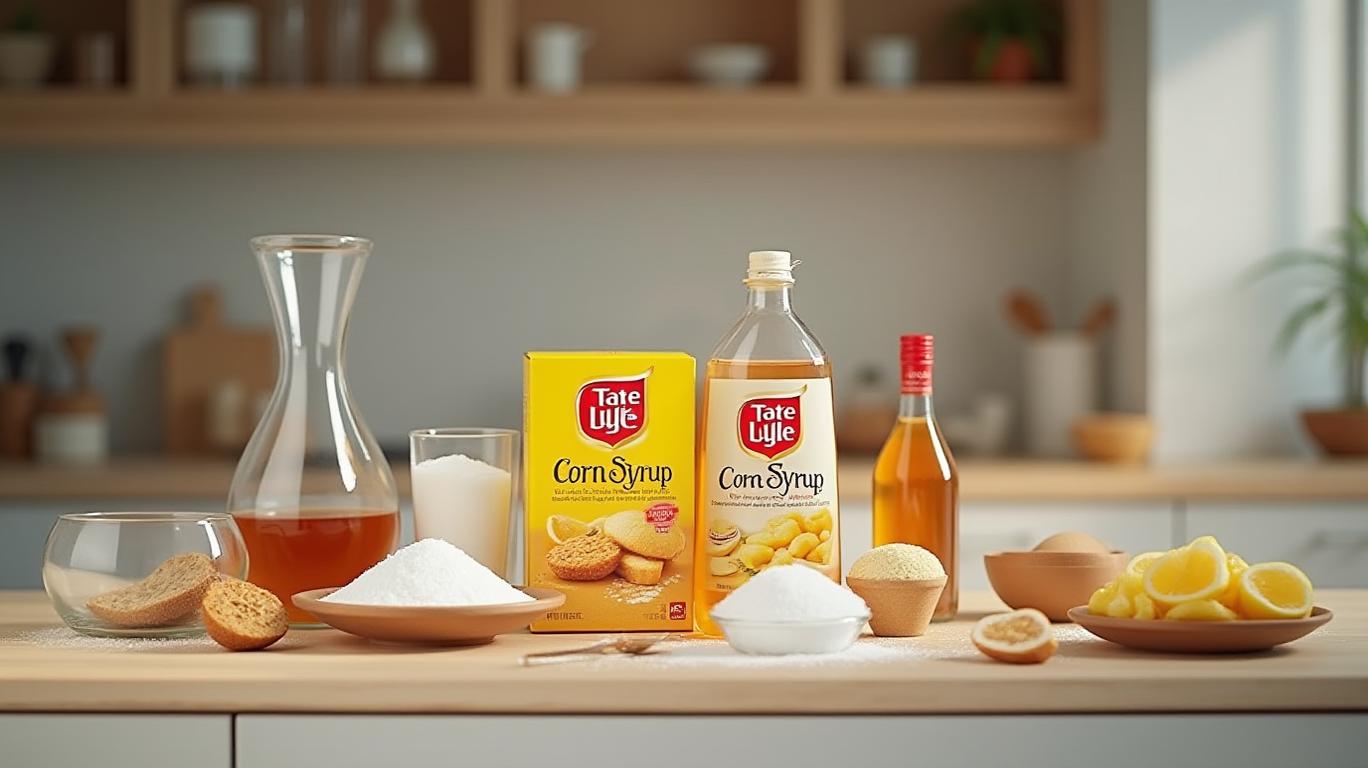Tate & Lyle's Dividend Boost Signals Steady Growth in a Resilient Sector
On May 22, 2025, Tate &
(LSE: TATEB) announced a 3.7% increase in its full-year dividend, marking another step in its strategy to reward shareholders while navigating the evolving food ingredients market. The final dividend of 13.4p per share brings the total annual payout to 19.8p per share, with a current dividend yield of 2.9%—a figure rising to 3.37% based on recent price action. This move underscores the company's financial discipline and positions it as a compelling play on dividend sustainability and growth in a sector primed for long-term demand.
Dividend Sustainability: A Foundation of Cash Flow and Strategy
Tate & Lyle's dividend increase is underpinned by robust financial metrics. In fiscal 2025 (ended March 31), the company reported £190 million in free cash flow, a 4% rise in EBITDA, and the completion of a £216 million share buy-back program—all while integrating its acquisition of hydrocolloids specialist CP Kelco. The company's progressive dividend policy, which sets interim dividends at one-third of the prior year's full payout, ensures stability while allowing room for growth.
This approach has proven resilient. Even as inflation and supply chain pressures tested the industry, Tate & Lyle maintained disciplined capital allocation, prioritizing shareholder returns without compromising growth. The dividend's 11-year growth streak—with a compound annual growth rate (CAGR) of ~3%—further signals management's commitment to sustainable payouts.
Growth Catalysts: A Niche Leader in a Growing Market
The food ingredients sector is thriving, driven by secular trends toward healthier, plant-based, and functional foods. Tate & Lyle's portfolio—spanning zero-calorie sweeteners (e.g., sucralose), texture modifiers, and fermentation-derived ingredients—is ideally positioned to capitalize on these shifts. Its CP Kelco acquisition, completed in late 2024, expands its presence in hydrocolloids, a critical component in processed foods, pharmaceuticals, and cosmetics.
The company's focus on sustainability is also a key competitive advantage. Its low-carbon production facilities and portfolio of sugar-reduction solutions align with global health trends, reducing regulatory and reputational risks. Meanwhile, demand for hydrocolloids is expected to grow at a CAGR of 6% through 2030, according to industry forecasts.
Risks and Mitigants
No investment is risk-free. Tate & Lye faces challenges such as commodity price volatility and competition from rivals like Cargill and DuPont. However, its vertical integration—controlling raw material sources like beet sugar—buffers against input cost pressures. Additionally, its R&D focus on high-margin specialty ingredients reduces reliance on commoditized products.
The Case for Immediate Action
With a dividend yield now exceeding 3.3% and a track record of consistent growth, Tate & Lye offers investors a rare combination of stability and upside potential. The stock's recent performance—up 12% year-to-date as of May 23—hints at market recognition of its value, but its forward P/E of 18x remains reasonable for a company with this level of earnings visibility and cash flow.
For income-focused investors, the 3.37% yield and dividend's upward trajectory make it a standout in a low-yield environment. Growth investors, meanwhile, can bet on Tate & Lye's strategic moves to dominate niche, high-margin segments of the food ingredients market.
Conclusion: A Dividend Growth Story with Legs
Tate & Lye's May 22 dividend announcement is more than a quarterly event—it's a reaffirmation of its ability to balance shareholder returns with long-term growth. With a fortress balance sheet, a secular tailwind in health-conscious consumption, and a management team executing on strategic acquisitions, this is a stock poised to deliver both income and capital appreciation. For investors seeking stability and growth in a resilient sector, Tate & Lye deserves a place on your radar—and sooner rather than later.
Note: Always conduct thorough due diligence and consider your risk tolerance before making investment decisions.

Comments
No comments yet